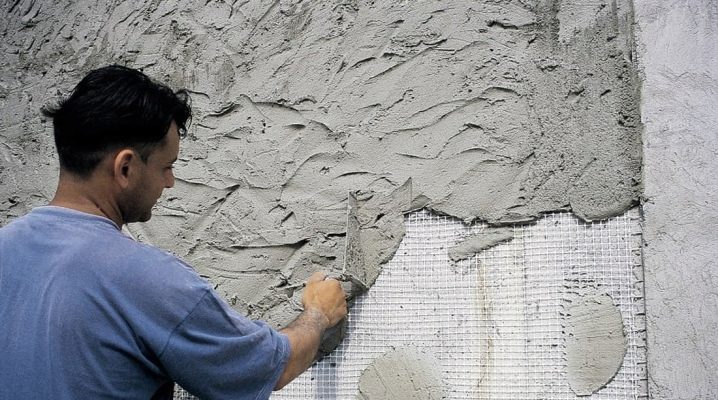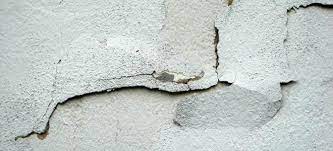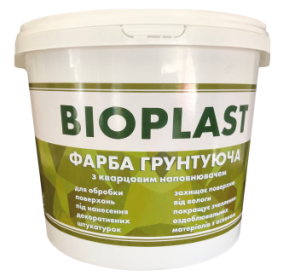Preparation of lime plaster for applying liquid wallpaperр
The variety of surface preparation methods is quite large. Popular methods are well known and widely described. But there are also such methods, that have the right to exist, but in practice they are significantly less common. Here, just such a category can be attributed to the use of lime plaster. And our task is to figure out how to properly prepare such a surface for applying liquid wallpaper.
A distinctive feature of lime plaster is that slaked lime is part of the solution. Why is it added? Well, first of all, this is one of the ways to reduce the cost of materials for plaster. There are other pleasant properties – such a solution is more plastic in operation, retains elastic properties longer, has the property of hygroscopicity and high vapor permeability.  However, at the same time, there are important negative properties – such plaster is significantly less durable, and much easier to soak than, say, cement-sand or gypsum.
However, at the same time, there are important negative properties – such plaster is significantly less durable, and much easier to soak than, say, cement-sand or gypsum.
To neutralize negative properties, lime plasters can include sand, cement, gypsum, clay, and sometimes even PVA glue. There are many recipes and proportions, and what is important for us, it is unlikely that we will be able to find out exactly what was in the composition of our particular plaster, which we need to prepare for applying liquid wallpaper. As a result, we need to satisfy two conditions: 1) strengthening the surface of the lime plaster; 2) prevent the contact of water from liquid wallpaper with lime plaster.
 First of all, assess if there are any peeling or crumbling of the lime plaster. If they are locally present, such fragments must be removed. Further, these places must be putty. However, when exactly it will be possible to proceed to this stage, it will be described below.
First of all, assess if there are any peeling or crumbling of the lime plaster. If they are locally present, such fragments must be removed. Further, these places must be putty. However, when exactly it will be possible to proceed to this stage, it will be described below.
 For the simultaneous solution of the tasks of surface strengthening and moisture insulation, the concentrated primer-insulator AQUABLOCKof the BIOPLAST trademark, or its analogues, is ideal for us. We apply the first layer by diluting it with water in a 1: 5 ratio. We are waiting for it to dry completely. After that we apply the second layer of AQUABLOCK primer-insulator, now without dilution. We are again waiting for it to dry completely. As a result, we get a waterproof layer on the surface, which will not allow lime to soak, and will stop the penetration of unpredictable components of the plaster through diffusion into the liquid wallpaper.
For the simultaneous solution of the tasks of surface strengthening and moisture insulation, the concentrated primer-insulator AQUABLOCKof the BIOPLAST trademark, or its analogues, is ideal for us. We apply the first layer by diluting it with water in a 1: 5 ratio. We are waiting for it to dry completely. After that we apply the second layer of AQUABLOCK primer-insulator, now without dilution. We are again waiting for it to dry completely. As a result, we get a waterproof layer on the surface, which will not allow lime to soak, and will stop the penetration of unpredictable components of the plaster through diffusion into the liquid wallpaper.
As a rule, the surface for applying liquid wallpaper after lime plaster does not require leveling.  However, if the unevenness differences are more than 2 mm, or local delamination or crumbling has been removed, then level the surface with a starting or finishing plaster putty. After the putty has completely dried, we cover it with white or colorless acrylic primer. For the same purposes, you can also use the AQUABLOCK primer-insulator, diluting it with water in a ratio of 1:10, and then it will acquire the properties of a standard acrylic primer.
However, if the unevenness differences are more than 2 mm, or local delamination or crumbling has been removed, then level the surface with a starting or finishing plaster putty. After the putty has completely dried, we cover it with white or colorless acrylic primer. For the same purposes, you can also use the AQUABLOCK primer-insulator, diluting it with water in a ratio of 1:10, and then it will acquire the properties of a standard acrylic primer.
If the surface does not require additional leveling, then it is enough to evaluate the color of the surface. If it has an even light shade, then no additional steps are required. As we remember, just such a base is needed for applying light shaded liquid wallpaper.  Well, if the surface still requires color correction, then for this you can use a primer paint of the BIOPLAST trademark, or its analogues. Most likely, one layer will suffice. But, if necessary, you can apply a second one for a more even shade of the base.
Well, if the surface still requires color correction, then for this you can use a primer paint of the BIOPLAST trademark, or its analogues. Most likely, one layer will suffice. But, if necessary, you can apply a second one for a more even shade of the base.
The surface of the lime plaster is completely ready for the application of liquid wallpaper. Make repairs easy and enjoyable!
 +38 050 355 22 70
+38 050 355 22 70


